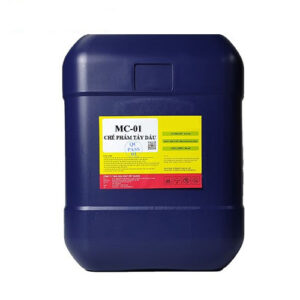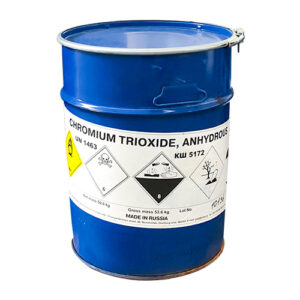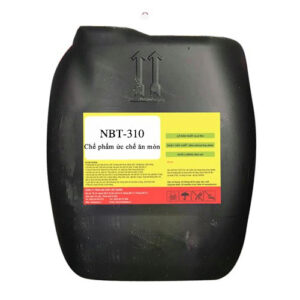Chemical formula: C 2 H 2 O 4 . 2 H 2 O or (COOH) 2 . 2 H 2 O or C 2 H 6 O 6
Chemical name: Oxalic acid, Oxalic acid
Origin: China
Specification: 25 kg/bag
Physical properties: White, ivory crystalline particles
Chemical properties:
Oxalic acid is a relatively strong acid, despite being a carboxylic acid:
C2O4H2 ⇌ C2O4H− + H+ pKa = 1.27
C2O4H− ⇌ C2O2−4 + H+ pKa = 4.27
Oxalic acid undergoes many of the characteristic reactions of other carboxylic acids. It forms esters: such as dimethyl oxalate (MP 52.5–53.5 °C (126.5–128.3 °F)). It also forms an acid chloride called oxalyl chloride..
Oxalate, the conjugate base of oxalic acid, is an excellent ligand for metal ions, for example the drug oxaliplatin.
Oxalic acid and oxalate can be oxidized by permanganate in a catalytic reaction.
Oxalate is an excellent ligand for metal ions, in which it often binds as a “bidentate” ligand, forming a five-membered ring of the MO2C2 type. An illustrative complex is[Fe(C2O4)3] 3-. The affinity of metal ions is sometimes manifested in the tendency to form precipitates. Thus, oxalic acid also combines with metals such as calcium, iron, sodium, magnesium and potassium in the body to form crystals of the corresponding oxalate salts, which are irritants to the intestines and kidneys. Because it binds to important nutrients such as calcium, long-term consumption of foods high in oxalic acid can lead to nutritional deficiencies. Healthy people can safely consume such foods in moderation, but people with kidney disorders, gout, rheumatism or certain forms of chronic vulvodynia should generally avoid them.
Conversely, providing calcium along with foods rich in oxalic acid can cause this acid to precipitate in the intestine and dramatically reduce the amount of oxalate absorbed by the body (in some cases by up to 97%). Precipitation of calcium oxalate in the kidneys (known as kidney stones) blocks the urinary tract.







Reviews
There are no reviews yet.